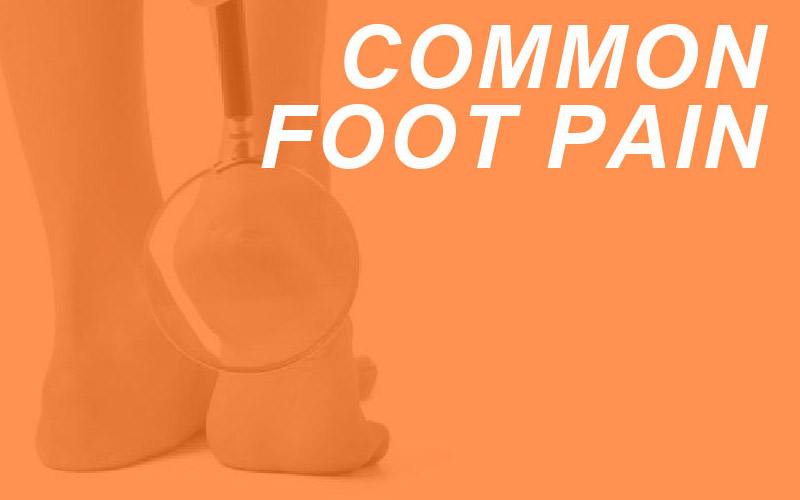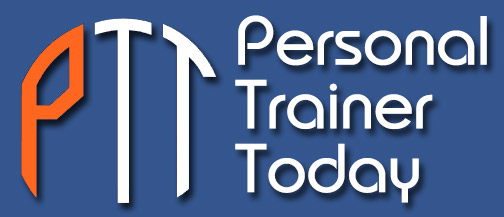Balance is important in the exercise world and in daily life. Teaching personal training clients how to improve balance can prevent injury, improve their fitness, and positively impact how they...
Exercise Science, Biology, and Research
Health and fitness articles for personal trainers rooted in exercise science, biology, anatomy, physiology, health psychology
Exercise Timing is Almost Everything
A client may ask the professional trainer for advice about optimal exercise timing. Should they work out first thing in the morning? After breakfast? What about before bed? As with many factors for...
Hormones and Fitness: How Sex Hormones Influence Exercise
The relationship between hormones and fitness is complex and oft-ignored which may impact personal training client motivation and performance. Understanding it may help break through mysterious...
Developing Martial Arts Skills
Personal trainers may encounter a vast array of clients with even more varied backgrounds and skillsets. At some point, a martial art practitioner may solicit you for guidance to either prevent...

Foot Pain: Plantar Fasciitis and Achilles Tendinitis Commonalities
Two of the most common injuries to the foot or heel are plantar fasciitis and achilles tendinitis. These two overuse injuries have even more in common-- from causation to presentation of symptoms to...
Bring on the Tension: Understanding Leverage vs. Compression Movements
Throughout any given day, our muscles perform both big and little movements which help shape our mobility. Tension always plays a role, but tension can be applied in different manners having various...

Beat the Heat! How the Body Handles High Temps
As heatwaves sweep across the US, marking the start of summer, I was kindly reminded by the 110+ degree weather outside (In SEATTLE, WA) that the body has some pretty cool features. Here is a quick...
Inversions for Fitness Clients
Inversions are a way to see the exercise world from a different angle, quite literally. Instead of being upright standing or sitting, or even supine on your back, inversions take you upside down....
Ankle Instability and its Effects on Balance
Balance refers to an even distribution of weight on any surface. Adequate balance allows one to remain upright and steady. Balance plays an important role in preventing injuries, maintaining...
Understanding Connective Tissue: Fascia and Programming for Integration
The human body is a dynamic machine. We have been designed and created to move,react, create force, withstand being pulled, twisted, and undergo various stressors. However, when the human body exceeds a certain threshold, something gives way. This being connective tissue, ligaments, tendons and muscles. Making one thing inevitable, breakdown or injury. One important contractile element that places an essential role in withstanding stressors and provides static and dynamic support is called fascia.

